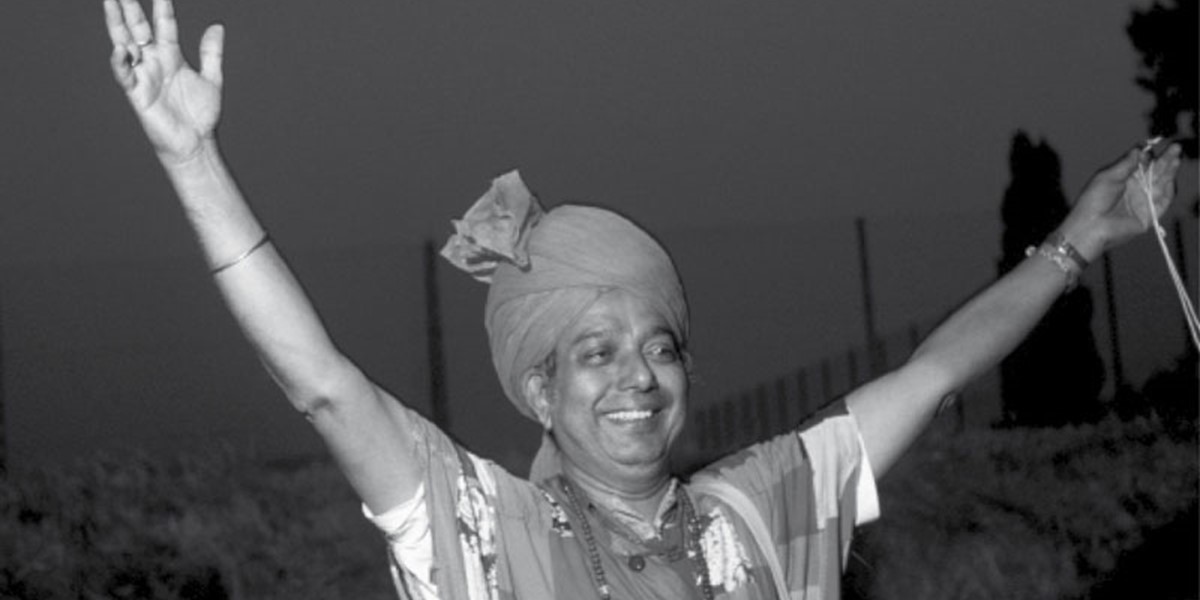Wednesday, September 26, 2018
The Rough Guide to World Music: Bangladesh
By Ken Hunt
One of the subcontinent’s richest and most fertile grounds for folk, film, devotional and classical music

An exuberant Purna Das Baul (Jak Kilby)

Register now to continue reading

Thanks for visiting the Songlines website, your guide to an extraordinary world of music and culture. Sign up for a free account now to enjoy:
- Free access to 2 subscriber-only articles and album reviews every month
- Unlimited access to our news and awards pages
- Our regular email newsletters

